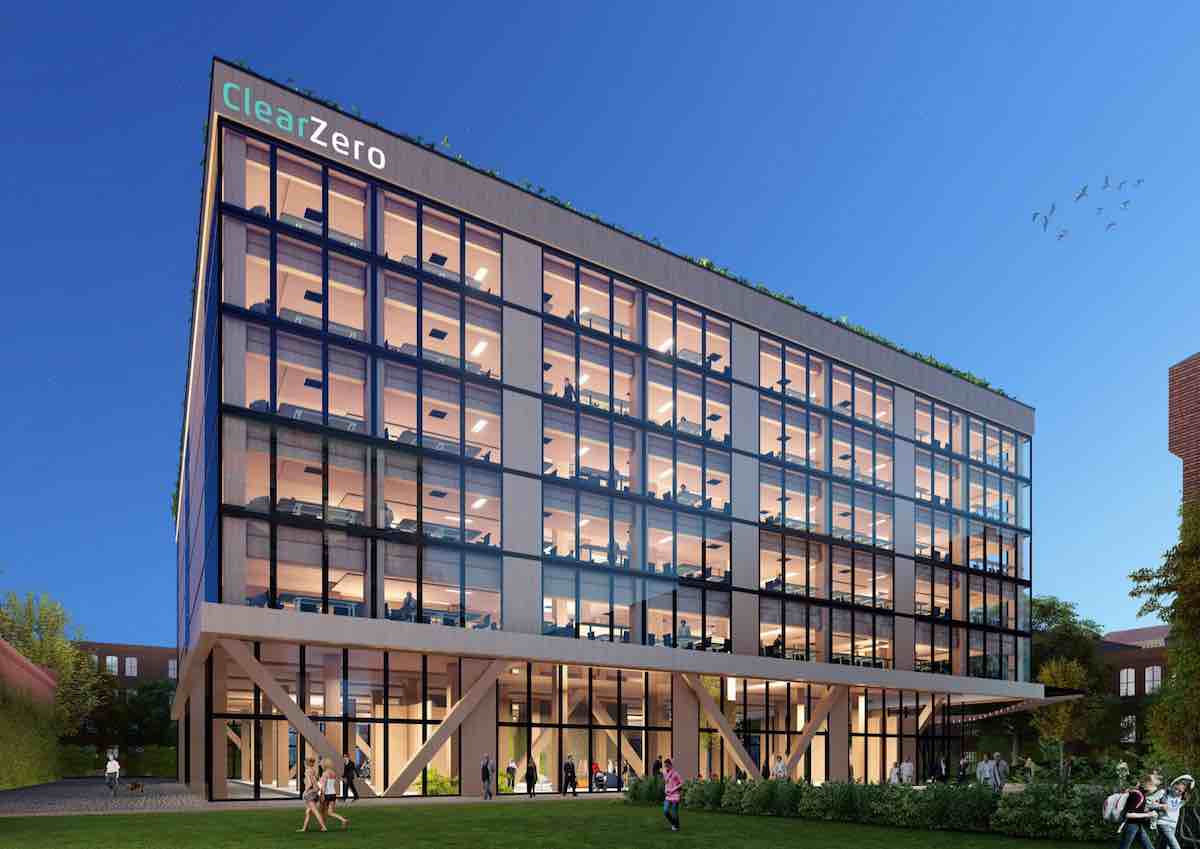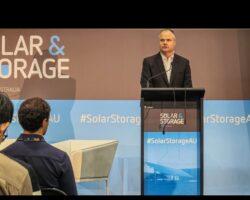Perth-based ClearVue has unveiled improvements to both its patented solar glass technology and solar façades which will reduce fabrication time and costs while also boosting energy output for its solar façade solutions.
ClearVue has designed a proprietary method of integrating solar technology into building surfaces, specifically into glass and building façades.
Utilising an interlayer of the company’s proprietary formulation of nano and microparticles, ClearVue’s products are able internally diffuse, redistribute, and reflect elements of the incoming light towards the edges of the glass panel, where it is collected by monocrystalline silicon-based PV modules.
The company’s newly updated products include an improved product design for its PV solar vision glass integrated glazing unit (IGU) which incorporates design improvements reducing fabrication time by over 90%, resulting in both cost savings and the ability to scale up production.
“The latest improvements to the ClearVue IGU design are a step-change for how ClearVue’s core product is manufactured, offering significant reductions in fabrication time for our licensed manufacturers, delivering consequent cost reductions and increases in manufacturing throughput,” said acting CEO Jamie Lyford.
ClearVue predicts that its Solar Façade will deliver a faster payback period on new curtain walls and façade projects, yielding an improved return on investment. It says the payback period, depending on location, for a full Solar Façade Solution is under 8 years, as against an expected product life of over 30 years.
“The new ClearVue Solar Façade separately takes a dramatic step forward in commercial building sustainability and architectural design,” added Lyford.
“Now, solar energy generation is possible across nearly every surface of the building envelope.
The new improvements in ClearVue’s Solar Façade Solutions are expected to deliver reduced overall cost per watt by over 70% when compared to previous versions, and increased output averaging 100Wp per square metre.









